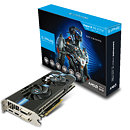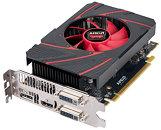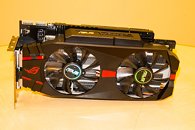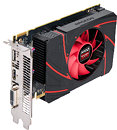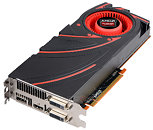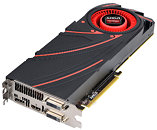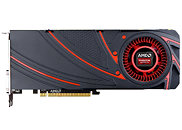AMD announced market availability of several of its new Radeon R9 and Radeon R7 series discrete graphics SKUs. Leading the pack for today's launch is the Radeon R9 280X. Heavily based on the Radeon HD 7970 GHz Edition, the card is priced at $299, and is designed to offer an interesting price-performance combination. In raw performance, it competes with the now $410 GeForce GTX 770, yet it's priced just $50 more than the $249 GeForce GTX 760. Based on the same 28 nm "Tahiti" silicon as the HD 7970 GHz Edition, it features clock speeds of 1000 MHz core, with 6.00 GHz memory. It features 2,048 stream processors, 128 TMUs, 32 ROPs, and a 384-bit wide GDDR5 memory interface, holding 3 GB of memory.
The next card on AMD's block is the Radeon R9 270X, which is designed to strike a price-performance sweet-spot at $199. Essentially an overclocked Radeon HD 7870 GHz Edition, the card is based on the 28 nm "Pitcairn" silicon, featuring clock speeds of 1050 MHz core, and 6.40 GHz memory. It features 1,280 stream processors, 80 TMUs, 32 ROPs, and a 256-bit wide GDDR5 memory interface, holding 2 GB of memory. Lastly, there's the Radeon R7 260X, an interesting sub-$150 product, priced at $139. Based on the same "Bonaire" silicon as the Radeon HD 7790, it features higher clock speeds, and double the standard memory amount. It features clock speeds of 1100 MHz, and 6.50 GHz memory. The chip features 896 stream processors, 56 TMUs, 16 ROPs, and a 128-bit wide GDDR5 memory interface, holding 2 GB of memory. The three cards will launch through the various AMD add-in board (AIB) partners, in their non-reference designs.

